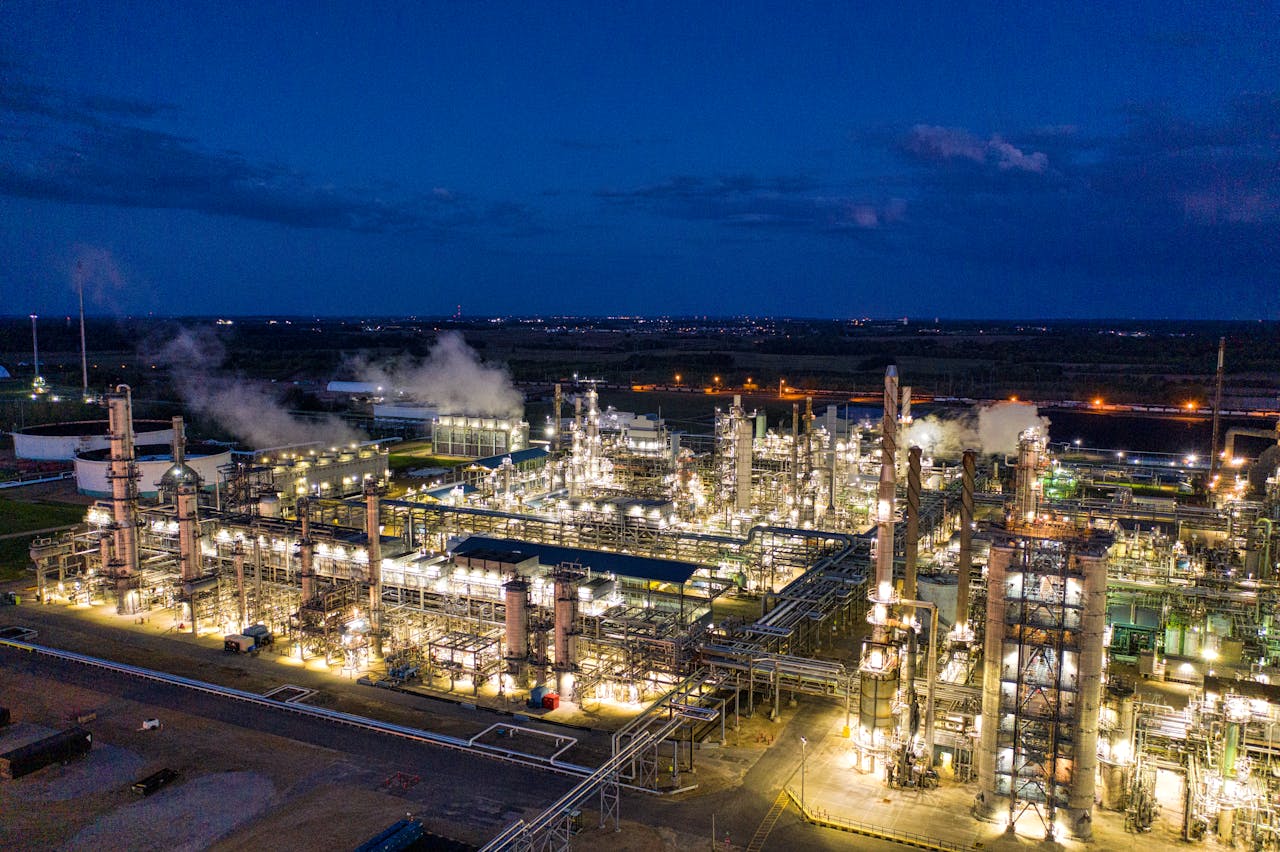
In today’s competitive business environment, managing operational costs is crucial for maintaining profitability and sustainability. One of the most significant expenses for businesses that rely on transportation or heavy machinery is fuel. With rising fuel prices and increasing environmental concerns, improving fuel efficiency has become a top priority for many organizations.
This blog explores practical fuel efficiency tips that businesses can implement to cut costs, enhance performance, and reduce their environmental footprint.
Why Fuel Efficiency Matters
Fuel efficiency is not just about saving money—it’s also about optimizing operations and contributing to a greener planet. Here’s why businesses should prioritize fuel efficiency:
- Cost Savings: Fuel is a major expense for businesses that operate fleets or use heavy machinery. Improving fuel efficiency can lead to substantial cost savings over time.
- Environmental Impact: Reducing fuel consumption lowers greenhouse gas emissions, helping businesses meet sustainability goals and comply with environmental regulations.
- Improved Performance: Efficient fuel use often correlates with better vehicle and equipment performance, reducing wear and tear and extending the lifespan of assets.
- Competitive Advantage: Companies that adopt fuel-efficient practices can position themselves as environmentally responsible, attracting eco-conscious customers and partners.
Fuel Efficiency Tips for Businesses
Here are actionable strategies businesses can implement to improve fuel efficiency:
1. Optimize Fleet Management
- Route Planning: Use GPS and route optimization software to plan the most efficient routes, reducing unnecessary mileage and fuel consumption.
- Idle Reduction: Encourage drivers to turn off engines during prolonged stops. Idling wastes fuel and increases emissions.
- Regular Maintenance: Ensure vehicles are well-maintained with regular oil changes, tire rotations, and engine tune-ups. A well-maintained vehicle operates more efficiently.
- Telematics Systems: Invest in telematics to monitor driver behavior, such as speeding or harsh braking, and provide feedback to improve fuel efficiency.
2. Invest in Fuel-Efficient Vehicles
- Upgrade to Modern Vehicles: Newer vehicles often come with advanced fuel-efficient technologies. Consider upgrading older vehicles to models with better fuel economy.
- Hybrid or Electric Vehicles: For businesses looking to reduce fuel costs and emissions, hybrid or electric vehicles are excellent long-term investments.
- Aerodynamic Improvements: For trucks and larger vehicles, adding aerodynamic features like side skirts or roof fairings can reduce drag and improve fuel efficiency.
3. Train Drivers for Efficient Driving
- Smooth Driving: Encourage drivers to accelerate and brake smoothly. Aggressive driving can increase fuel consumption by up to 40%.
- Speed Management: Driving at moderate speeds (typically between 50-80 km/h) can optimize fuel efficiency. Excessive speed increases fuel consumption.
- Use Cruise Control: On highways, cruise control can help maintain a consistent speed, reducing fuel usage.
4. Monitor and Manage Fuel Usage
- Fuel Tracking Systems: Implement fuel tracking systems to monitor consumption and identify areas for improvement.
- Fuel Cards: Use fuel cards to track purchases and prevent unauthorized fuel usage.
- Regular Audits: Conduct regular fuel audits to identify inefficiencies and implement corrective measures.
5. Reduce Vehicle Weight
- Lighten the Load: Remove unnecessary items from vehicles to reduce weight. Every extra kilogram increases fuel consumption.
- Efficient Loading: Optimize cargo space to ensure even weight distribution and avoid overloading.
6. Use the Right Fuel
- High-Quality Fuel: Use high-quality fuel that meets manufacturer specifications. Lower-quality fuel can reduce engine efficiency.
- Alternative Fuels: Explore alternative fuels like biodiesel or compressed natural gas (CNG), which can be more cost-effective and environmentally friendly.
7. Leverage Technology
- Fuel-Efficient Tires: Invest in low-rolling-resistance tires, which reduce friction and improve fuel efficiency.
- Engine Monitoring Systems: Use real-time engine monitoring systems to identify and address performance issues that may increase fuel consumption.
8. Promote a Fuel-Efficient Culture
- Employee Training: Educate employees on the importance of fuel efficiency and how they can contribute.
- Incentives: Reward drivers and teams that demonstrate fuel-efficient practices.
- Sustainability Goals: Set clear fuel efficiency and sustainability goals to align the organization’s efforts.

